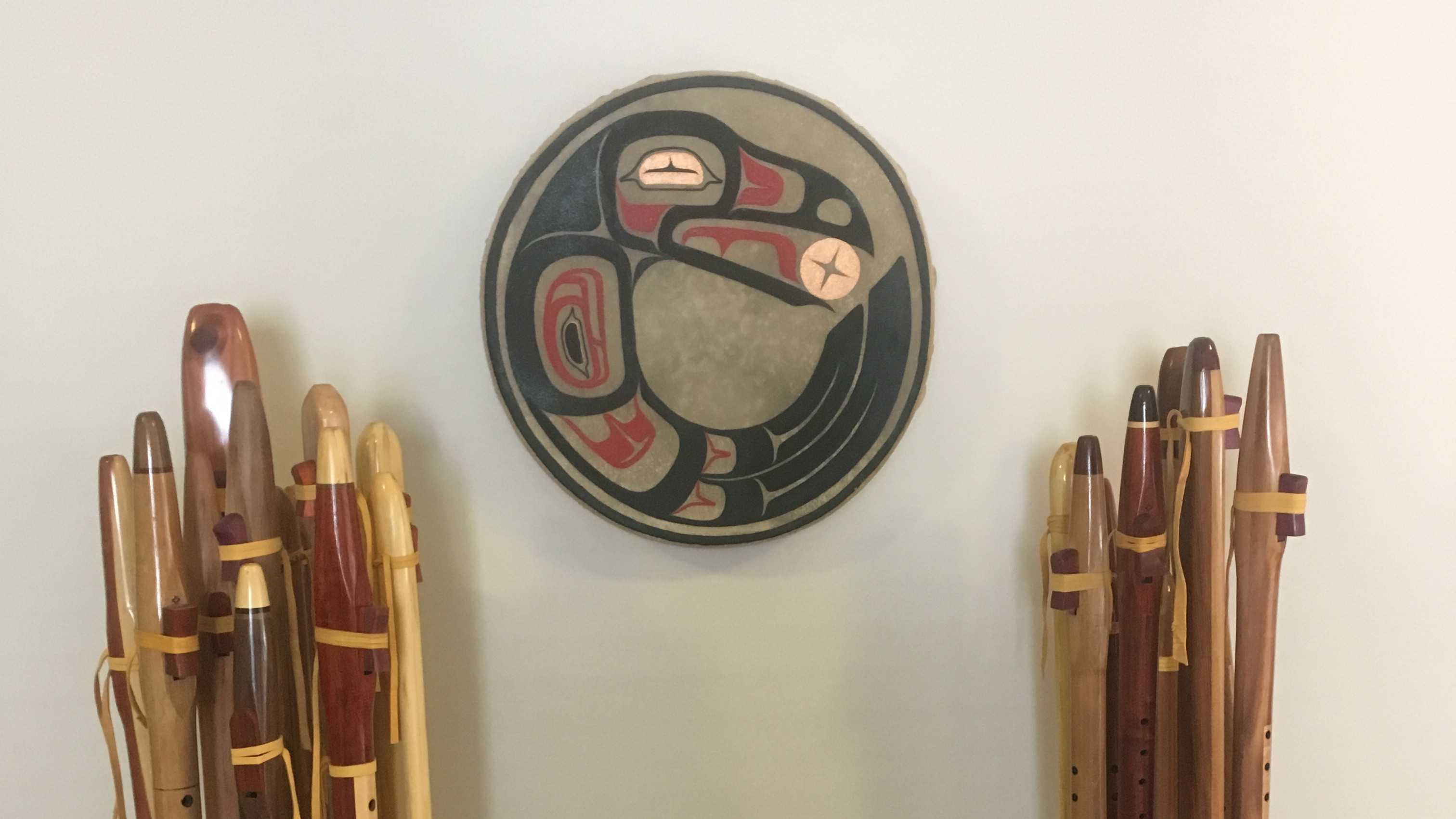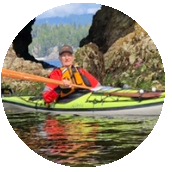
Every flute is unique
Haunted Coast Flutes and all Native American Flutes produce a sound that is simply mesmerizing/HAUNTING, connecting with your soul through five simple notes of a Pentatonic Scale.
- Inspiration
- Locally Sourced
- Precision Crafted
- Haunting Sounds
-
The flute is the third oldest musical instrument known
The Native American flutes that I create are an adaptation on the šiyótȟaŋka which has roots in the indigenous peoples of the American South West and Eastern North America, whose history dates back 6,000 years, making the flute the third oldest musical instrument known to man (learn more about flute history at Flutopedia). The Native American flute is perhaps the easiest musical instrument to learn and is based on the 5 note pentatonic scale. It is possible to play music that most people are familiar with, but the music typically played on a Native American flute comes from the soul.
As a kayaker and former carver of Greenland paddles, I kayaked around some of the smaller islands off the west coast of Vancouver Island; some of these islands are home to a number of burial caves that invoked spiritual peace, which is how the name, Haunted Coast Flutes, came into being. Haunted Coast Flutes and all Native American Flutes produce a sound that is simply mesmerizing, connecting with your soul through five simple notes. Unlike metal transverse flutes typically played in an orchestra, Native American Flutes are tuned in keys that produce a 'haunting' tone.
-
Each flute is crafted with an appreciation for the art of carving
All of my Western Red Cedar flute and paddle wood originates from a small Old Growth Forest Woodlot on Malcolm Island in Johnstone Strait near Port McNeil on Vancouver Island. Most of the other woods are purchased from local commercial sources such as Windsor Plywood in Nanaimo and French Creek and Nanaimo’s Finishing Store. I have also received some exotic wood, (Granadillo a Tonewood from Suriname) from an instrument maker in North Vancouver who is the harvester in Suriname South America.
I have a laser engraver that I use to burn imagery of various birds and cultural caricatures onto the flute body, as well as my logo and musical Key.
-
My flutes embody an artistic flair with an appreciation for symmetry.
The flutes are not drilled to create the bore (I wish) but are assembled from two halves that have been shaped on a router and bonded together to create a bore with a separate "slow" air chamber. Once the 2 pieces are bonded/glued together and the glue has cured, the exterior of the bore is supported on its ends between centers, and “turned” on a lathe to produce a round cylinder with a wall thickness of approximately 3/16 of an inch.
Sometimes, when the mood strikes, I hand carve the exterior round surface of a flute. I seldom use calipers and other measuring instruments when carving or shaping a flute, and rely on an artistic "bent" and an ability to appreciate symmetry. I don’t consider myself a craftsman but an Artisan as none of my flutes are identical and therefore each one is unique.
-
Native American Flutes are keyed in the pentatonic scale.
I make these flutes because I like to and I can; I love their warm sound and I have all the tools in my shop to produce them. Native American Flutes are keyed in the pentatonic scale (five notes) and most music played is "keyed" "minor"- meaning to a musician that it sounds “sad.” The design of the flute is like a whistle, which everyone can play, and the simplicity of a pentatonic scale means Native American Flutes are relatively easy to play and itd difficult to play an off note.
Most people who purchase Native American Flutes just play notes that sound nice to the ear and have low soft tones appealing to most when one follows the general playing principles. Other more advanced players play complex musical pieces like Last of the Mohicans played by Bevani and George Varghese
About the Owner

Randy Millar
Flute Artisan
I enjoy a technical challenge, and have all the tools to create Native American Style flutes in my small shop. My understanding of the flute-making process has developed and I have honed my skills to now produce quality instruments. One day while demonstrating the haunting tones of one of my handcrafted flutes in a coffee shop a person asked if I would sell them one so I did – and